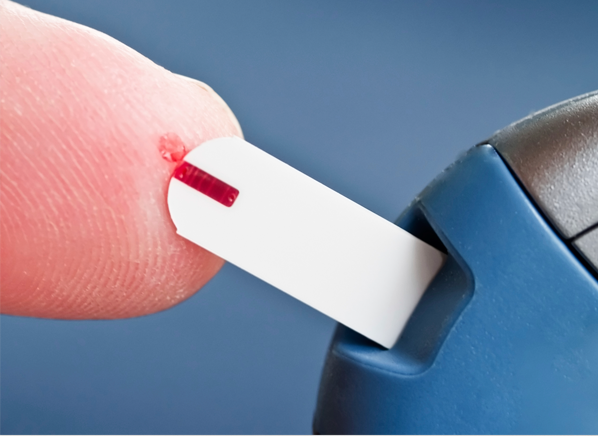
Alzheimer's: Artificial insight predicts beginning
A man-made brainpower apparatus instructed to dissect mind sweeps can precisely anticipate Alzheimer's illness quite a long while before a last finding.
man having a PET output
Analysts utilized PET outputs to prepare a profound learning calculation to foresee indications of Alzheimer's.
The group capable proposes that, after further approval, the device could incredibly help the early identification of Alzheimer's, giving medications time to moderate the sickness all the more successfully.
The specialists, from the University of California in San Francisco, utilized positron-outflow tomography (PET) pictures of 1,002 individuals' cerebrums to prepare the profound learning calculation.
They utilized 90 percent of the pictures to show the calculation how to spot highlights of Alzheimer's infection and the rest of the 10 percent to confirm its execution.
They at that point tried the calculation on PET pictures of the minds of another 40 individuals. From these, the calculation precisely anticipated which people would get a last analysis of Alzheimer's. All things considered, the finding came over 6 years after the outputs.
In a paper on the discoveries, which the Radiology diary has as of late distributed, the group depicts how the calculation "accomplished 82 percent specificity at 100 percent affectability, a normal of 75.8 months preceding the last finding."
"We were extremely satisfied," says co-creator Dr. Jae Ho Sohn, who works in the college's radiology and biomedical imaging division, "with the calculation's execution."
"It could foresee each and every case that cutting-edge to Alzheimer's ailment," he includes.
Alzheimer's ailment and PET imaging
The Alzheimer's Association gauge that around 5.7 million individuals live with Alzheimer's ailment in the United States and that this figure is probably going to ascend to right around 14 million by 2050.Prior and more precise analysis would profit those influenced, as well as all things considered spare about $7.9 trillion in therapeutic consideration and related expenses after some time.
As Alzheimer's ailment advances, it changes how mind cells utilize glucose. This adjustment in glucose digestion appears in a sort of PET imaging that tracks the take-up of a radioactive type of glucose called 18F-fluorodeoxyglucose (FDG).
By giving guidelines about what to search for, the researchers could prepare the profound learning calculation to evaluate the FDG PET pictures for early indications of Alzheimer's.
Profound learning 'educates itself'
The analysts showed the calculation with the assistance of in excess of 2,109 FDG PET pictures of 1,002 people's minds. They additionally utilized other information from the Alzheimer's Disease Neuroimaging Initiative.
The calculation used profound taking in, an intricate sort of computerized reasoning that includes learning through precedents, likewise to how people learn.
Dementia: 10-year chance evaluations may illuminate anticipation
Dementia: 10-year chance evaluations may educate counteractive action
An investigation that delivered 10-year outright gauges of dementia hazard could help execute early techniques for anticipation.
Perused now
Profound learning enables the calculation to "show itself" what to search for by spotting unobtrusive contrasts among the a huge number of pictures.The calculation was in the same class as, if worse than, human specialists at examining the FDG PET pictures.
The writers take note of that "contrasted and radiology perusers, the profound learning model performed better, with factual criticalness, at perceiving patients who might proceed to have a clinical finding of [Alzheimer's disease]."
Future improvements
Dr. Sohn alerts that the examination was little and that the discoveries currently need to experience approval. This will include utilizing greater datasets and more pictures assumed control time from individuals at different facilities and foundations.Later on, the calculation could be a valuable expansion to the radiologist's tool compartment and enhance open doors for the early treatment of Alzheimer's ailment.
The analysts likewise plan to incorporate different sorts of example acknowledgment into the calculation.
Change in glucose digestion isn't the main sign of Alzheimer's, clarifies ponder co-creator Youngho Seo, an educator in the Department of Radiology and Biomedical Imaging. Unusual development of proteins likewise describes the ailment, he includes.
Alzheimer's: Artificial insight predicts beginning
![Alzheimer's: Artificial insight predicts beginning]() Reviewed by Sparly
on
November 07, 2018
Rating:
Reviewed by Sparly
on
November 07, 2018
Rating:
